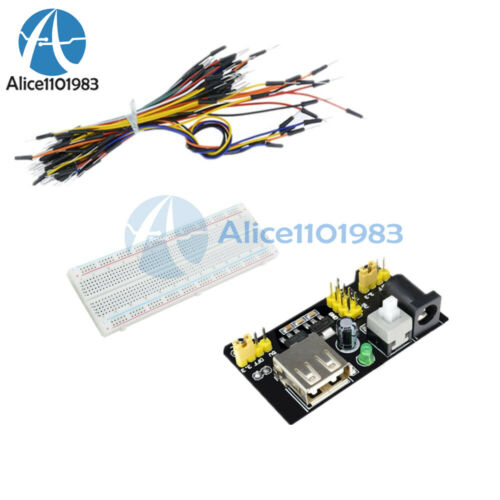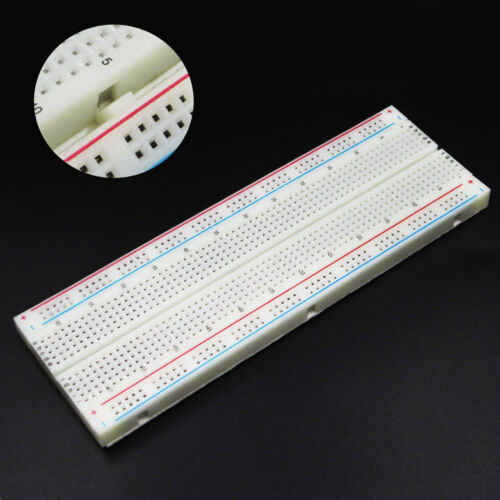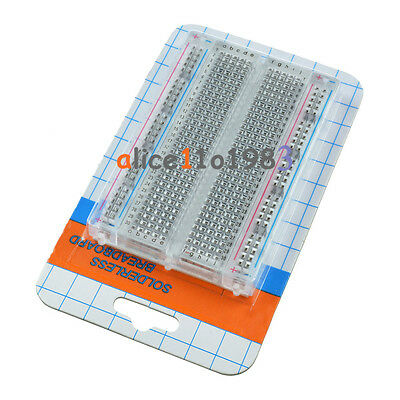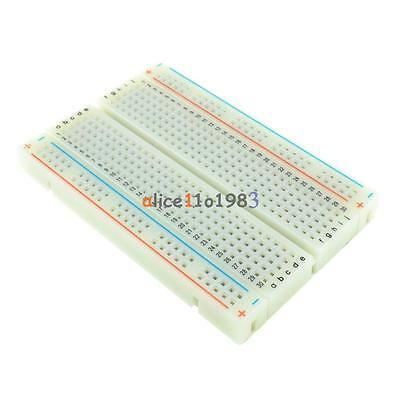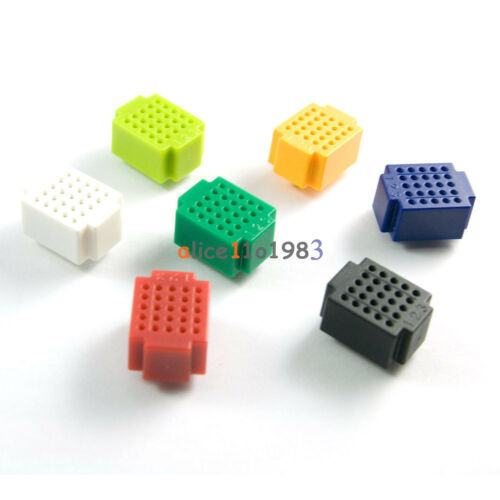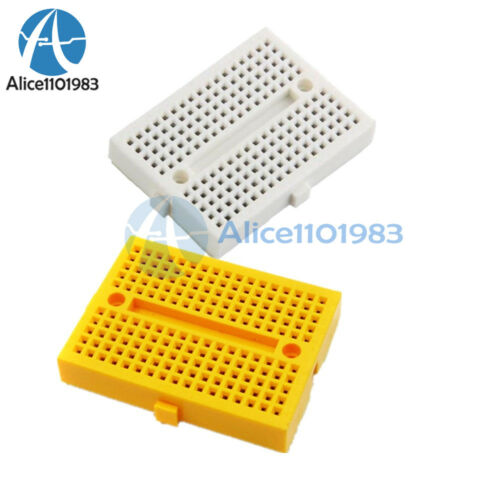-40%
PIC32MX440F256H Pinguino compatible board, Ind. temp
$ 6.83
- Description
- Size Guide
Description
PIC32MX440F256H Pinguino compatible board, Ind. tempPIC32-PINGUINO
Pinguino is an Arduino form-factor compatible system, which means you can use the various available Arduino shields (add-on boards) with this board. Pinguino uses Python instead of Java for its processing language, and is much more flexible. It is not limited to the 8-bit AVR microcontroller of Arduino. The open-source Pinguino IDE has GCC in the background and can support 8-bit PIC, 32-bit PIC32 (MIPS) and ARM7/Cortex-M3 microcontrollers. You can migrate your project easily between the different hardware platforms.
This board also is supported now by MPIDE. See below for links to the firmware and library.
The PIC32-Pinguino board uses a PIC32MX440F256H 80MHz processor with 256K Flash and 32K RAM. It also takes Pinguino a step further, addressing issues brought up by Arduino and Pinguino users, and implementing features that have been on Arduino users' wish lists for years:
9-30V power supply.
The original Arduino/Pinguino uses a linear power supply; this limits the input voltage range. The PIC32-Pinguino is designed to accept power from 9 to 30V DC, making it possible to use virtually any power supply adapter on the market. This also enables applications which use a 24V DC industrial power supply.
Industrial temperature range.
The original design was limited to commercial 0-70C operating temperature. All PIC32-Pinguino components have been selected to work reliably in the industrial temperature range of -25 to +85C, so the board can be used in industrial applications.
Ultra low power.
The original Arduino/Maple design is not good for portable applications, as it consumes too much power with its linear voltage regulators. The PIC32-Pinguino uses ultra-low-power voltage regulators — the consumption is only a few microamps — which enables hand-held and battery-powered applications.
Built-in battery charger.
The PIC32-Pinguino adds a Li-Ion rechargable battery power supply option with an on-board charger, so when you attach a battery it is automatically charged and kept in this state until another power source (USB or external adapter) is removed. Then it automatically will power the board — no jumpers, no switches!
UEXT connector.
This connector allows you to add one of many existing Olimex modules (see below).
RTC.
PIC32-Pinguino allows for a Real-Time Clock.
Noise immune
design.
Separate voltage regulator for Analog.
This allows the ADC to be read correctly without digital noise pickup.
Provision for Aref precise source.
This is in case you need higher precision and temperature stability in analog reading.
LEDs and buttons on edge of board.
Now they can be seen and touched even when you have shields installed.
All components lower than connectors.
No more interference with your shields.
Mini-USB connector.
Now you can use a cable you may already have for a cell phone or other hand-held device.
0.1" spacing.
The original Arduino design had a flaw: the connectors were not spaced at 0.1" which made perfo board use impossible. While the PIC32-Pinguino includes the same connectors for compatibility with existing shields, it also has 0.1" spaced connectors that you can use with perforated boards.
Top and bottom silkscreen.
All signals on the connectors are printed on the top and the bottom of the board, so when you check with a probe you know exactly which port you are measuring.
4 mounting holes
make board attachment easier.
Mini-ICSP connector.
If you do not want to use Pinguino IDE, or you need to update the firmware, the 0.5" step mini-ICSP connector allows you to use an external programmer. An inexpensive programming setup could include the
PIC-KIT3
programmer with the
PIC-Mini-ICD-6
adapter.
UEXT Connector
As well as Arduino shield connectors, this board has the Olimex universal extension connector, UEXT, which allows you to add other peripheral modules easily. The UEXT can provide I2C, RS232, SPI and power to the external device. Please see the
UEXT Boards Category
for a full list of modules that can plug into the UEXT port.
Warning for PICkit3 Users
Be very careful not to press the "Programmer-to-Go" button when there is no image on the programmer (either the Olimex PIC-KIT3 or Microchip's own PICkit3). Doing so will put a PIC32 microcontroller into an irrecoverable state. See this
Microchip Forum thread
for details.

